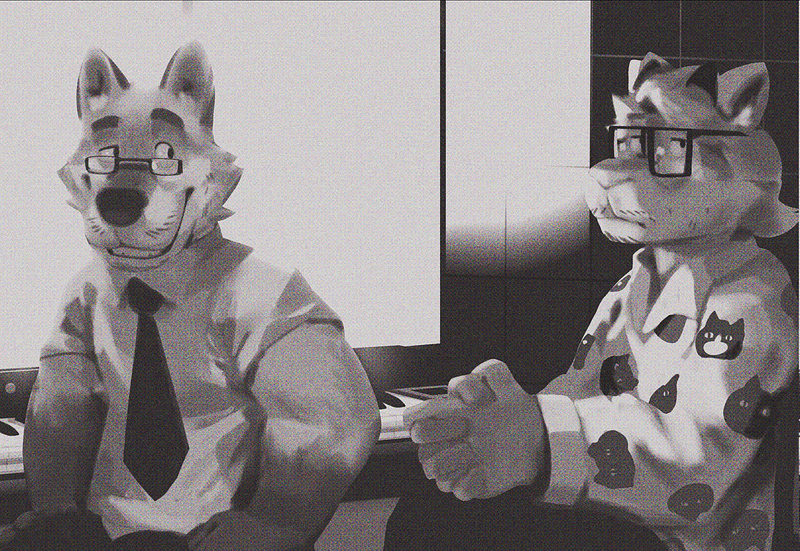The Whimsical Alternate Realities of Gato by David Wojciechowski and Victor Fritzsche
A look into nobonoko's 'Gato' and the recollection of moog-music through aesthetics and furry fandom.
Gato is an interesting proposition for a concept album. Instead of its story being necessarily self-contained within the songs, the lore is built to contextualize the music itself. This idea is explored sometimes in the realm of ‘virtual artists’ — akin to the likes of Gorillaz or a Miku Hatsune, whose personality and traits are externalized to a specific form factor that fits the music in question. Sometimes it is an elaborate universe-defining spool of events, and other times it is a mass-collaborative venture where many people take on the same core concept in incredibly divergent interpretations. Where Gato stands out is in its willingness not to assume present or future time, but in past. It’s also exceptionally less lofty of an undertaking than most examples of music under similar conceptual constraints.
It has always been incredibly normal to see some wax poetic or create nostalgia around art and culture of yesteryear. Vaporwave, chiptune/digital-fusion, neo-psychedelia, modern pixel art, they all have various interpretations of a past that range from focused and relatively minute to imaginative and daydream-like. The twenty-year cycles that a given decade’s defining aesthetics and movements contain often get memetically recalled with fascinating looks into the past from both an artistic and societal perspective. The moog-music and easy listening of the 1950s through 70s was no exception, especially considering the arrival of the 90s and the ‘Cocktail Nation’ movement which satirized the overly kitschy and saccharine presentation and the lax attitude toward artful cocktails, Orientalism and exoticism, and space-age culture. The 90s’ aesthetics and renewal of easy listening and space-age aesthetics would in turn be renewed in its own right in the 2000s and 2010s, though the game of time-dilated telephone would sometimes phase out any direct references to the inspirations that formed older aesthetics within new types of art.
Gato skips the decades of generational and musical passage and very directly attempts to create a dialogue with early synthesizer music, both through the lore and the music itself. This is new to me, particularly as a fan of moog-music and other early forms of electronic music — there’s a load of current-day lounge-revival or exotica re-upheaval (for better or worse), but not a lot of people attempt to hearken back to the days of primitive synthesizers quite like Gato. The most direct comparison I can recall is the reappraisal of the Japanese 環境音楽 (‘Environmental Music’) scene and Mort Garson’s work, both of which were mainstreamed thanks in no small part to legally questionable reuploads on YouTube.
By comparison, the synthesizers in Gato flare and wah in such a way that is unmistakably old-school and cheesy but doesn’t overdo it. The subtle ambience and grace that each melody brings is genuinely warming to the ears, helped in no small part by percussion that drives each song along. Each song ranges in mood but all have this feeling of soft, sunny maturity to them that is bolstered by the basslines, occasionally jazzy in movement and always playing in a sort of echo to the main melody. The mimicry of old Moog synthesizers is prevalent even in background synths, adding this subtle pulse to even the slowest of songs that gives it the slightest of a psychedelic tinge. I especially enjoy the use of heavily compressed white noise on "Soft Rain", it adds a richness and depth to the textures within that one continuous sound effect.

Gato is not just a mere moog-music worship project, though — subtle as they may be, there are nods toward more contemporaneous styles. "Werewolf With Pants" is a house song disguised as an early electro-disco joint, using the melodic language of early electronic music within a pulsing beat that is reminiscent of Moroder or even modern synthwave artists like Com Truise or Windows96. The title track has a groove that wouldn’t be remiss in a trip hop playlist, but also has the contours and pacing that suggest something akin to 2000s call-hold music (in a good way). It makes sense — you wouldn’t want a new artist to just rehash old moog-music tropes and add nothing new to it. The fact that it does all this within the restriction of still sounding like space-age synth music is nothing short of incredible.
As for the lore, it compliments the music well. The album is framed as a record from the 1970s created by two music producers well-known for their production music that heavily featured synthesizers. David Wojciechowski and Victor Fritzsche bonded at a coffee shop over a rotten croissant, and the rest was history. The accompanying art does well to drive this point home, featuring tri-color renditions of round, hand-drawn cats and jangly text that feels like an homage to the library music of yesteryear. The back cover shows two furried producers photographed in front of a keyboard, tastefully drawn with personalities readily visible on their grayscale faces.
The framing of this album initially caught my eye as if it were lost media being found. I was only slightly disappointed to find out it wasn’t — David and Victor are not real people, and the creator behind their characters and the music, nobonoko, created a fictional 1970s synthesizer album using a souped-up version of BeepBox. The fact that I was fooled for minutes at a time must speak to something, though, seeing as my mild disappointment quickly settled into a greater appreciation for the tastefulness of the entire package. The lore and the music complimented each other so well that they felt almost inseparable once learned, even though the songs themselves could also very easily be enjoyed in isolated contexts.
There’s something inherently captivating about the idea of a canine and a feline in a studio bickering over minor details on a piece of music, leading to the fusion of jazz and funk and synthesizer music becoming more than the sum of its parts. It’s the type of world-building that I adore, the type that doesn’t take itself too seriously but still understands the pretenses of its setting and how it should inform the ensuing themes.
In this sense, Gato in its brevity achieves a lot of what it seeks to do and more. It is both the old synthesizer album and the furry moog-music-revivalism that it claims to be — it sounds like both and reads like both, which is impressive to say the least. Its levity also makes it something much more approachable as music both a concept album and as a set of tracks. Its thematic superposition-esque status to me signifies a perfect storm of lore and musical synergy that I can’t stop thinking about.
Gato is available on YouTube as well as through direct download on nobonoko’s Bandcamp.
This article was originally published on Melissa's Medium blog on January 19th, 2024.



